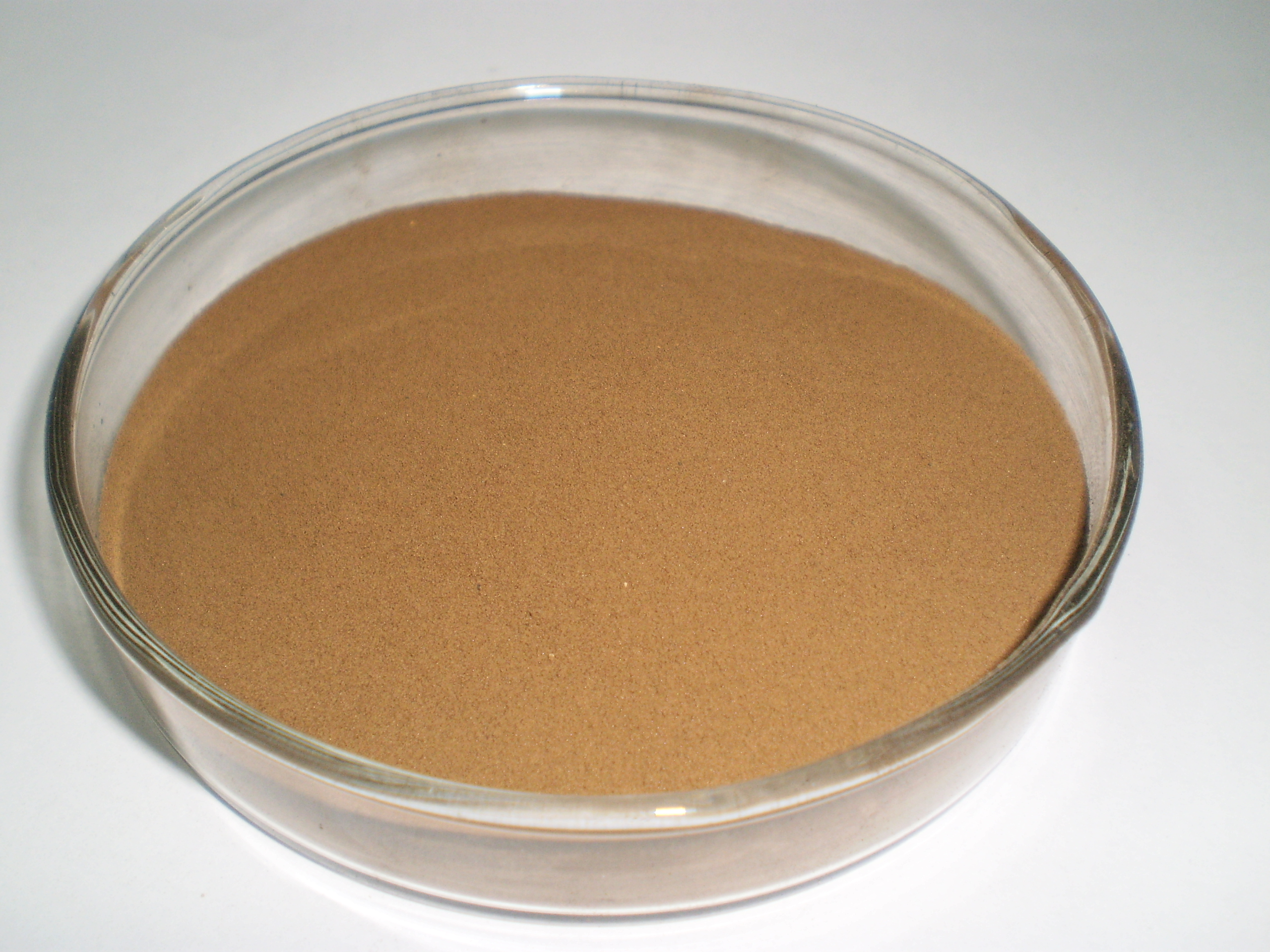Lignin is a chemical compound, which is usually separated from the tree, which is a lot of plants and algae in the second layer is the main component of cell walls. 1819 De Candolle introduced the concept of lignin, this phrase from Latin lignum, meaning trees. In woody plants, the lignin is the world’s second most abundant organic matter (cellulose is the first one), non-fossil organic carbon accounted for 30% of the wood dry mass of 1/4 to 1/3. Determine its heterogeneity and lack of infrastructure, lignin is seen as a special kind of substance. It is usually used to enhance the trees wood fiber.
Annual global production of about 1.1 million metric tons of lignin, lignin is widely used in low-volume niche market, their application form than its own quality is more important.
Biological functions
Lignin with the gap in plant cell walls, the cellulose, hemicellulose and pectin components, mainly in tracheids, hardened wood cells and cell distribution. Hemicellulose, lignin used to connect cross-connect different plant polysaccharides, the plant cell wall to provide mechanical energy to complete the growth process of the plant. Lignin in compression wood is abundant, but in tension wood in uncommon. Lignin in plant stems transport water plays an important role. Plant cell wall polysaccharide composition has a high water absorption and water permeability, but lignin is not susceptible to water. By lignin cross-connect water plant cell wall polysaccharides become a barrier. Thus, the plant vascular tissue lignin can effectively conduct moisture. All lignin in plants in both vascular tissue distribution, but does not exist in bryophytes. Therefore, some studies show that the most basic function is to prevent lignin moisture transfer. However, the lignin in red algae were also distributed, so it seems plants and red algae are common ancestor of synthetic lignin. Lignin can be drawn on by the initial functional organization structure and function. It is coarse coral red algae algae of the genus organizational structure and function as a secondary connection calcified segments.
Ecological functions
Lignin in the carbonization cycle plays an important role in carbon from the atmosphere into the living perennial woody tissue. Lignin is the most difficult dead plant component of decomposition, the decomposition process becomes humus. In the soil can be transformed into humus. This humus can increase the growth of this plant photosynthesis productivity by increasing soil cation conversion capabilities and expand in wet and dry weather conditions persist moisture content.
Economic functions
Highly durable plywood lignin as a high-quality raw materials to be applied in many fields. Because the lignin in the combustion to produce more energy than the cellulose, so the fuel is also used as well. Used to produce high-yield pulp for newsprint trees which contain lignin. So a long time will turn yellow newsprint. Therefore, to produce high-quality bleached paper must be one of the lignin removal.
In the sulfite pulping process, lignin from wood pulp as sulfonates removed. There are many uses of these lignin sulfonates.
- can be concrete applications and water treatment as well as used as a dispersant to prevent dyeing
- In particular oil and agricultural products used as additives
- can be used as raw materials for a variety of chemicals, such as vanillin, dimethyl sulfoxide, ethanol, xylitol, humic acid.
- road dust can be used as additives
1927 USA Marathon Rothschild’s business applications for lignin investigation. Compared with first-class products are economic outlook leather tanning agent. Marathon lignin chemical trading company for many years, products for the marathon chemical products. Issued raised by kraft pulp lignin generally used as fuel to produce the material for the plant and its associated programs provide heat.
Currently, shrub plants raised from lignin has been successfully used in the production of polyurethane foam.
In 1998, a German company Tecnaro, developed a program that will translate into something called Arboform lignin material, such substances can be played in manufacturing plastic injection molding industry role. Therefore, the lignin in manufacturing plastic industry has many applications. After disposal of such material can be directly used as fuel.
2012, the study found lignin can replace fossil fuels used to produce carbon fiber.
Biosynthesis
Lignin biosynthesis in amino acid synthesis from the synthetic phenylalanine glycosylation begins in the cytoplasm. The first reaction of the phenylpropanoid pathway are shared. Additional glucose to make them water-soluble, low toxicity. Once the transport through the cell membrane apoplast, glucose removal, and to initiate polymerization. Demerit centuries of research, scientists have not proven their synthesis process allows.
This free radical polymerization process connections, is oxidase catalyzed. Peroxidase and laccase are present in the plant cell walls, one or both participate in the polymerization reaction has given way to ascertain. Low molecular weight oxidants may also be involved in this process. Oxidase in the form of free radicals. In the lignin polymer, these free radicals are usually combined in a non-radical form, but now this theory to obtain questioned. Another not widely accepted theory that: an uncertain biological control are also involved.
Biodegradation
Lignin biodegradation will destroy wooden goods, especially in wooden buildings. Lignin biodegradation is the plant material into biofuels necessary process. The current conversion step will be some residual uncertainty residues. Lignin biodegradation technology continues to progress, will improve biofuel production.
Animal enzymes can not digest lignin, but some fungi and bacteria can secrete enzymes wood, wooden enzyme biodegradable polymer.
Pyrolysis
Produce a series of lignin pyrolysis products typical product is methoxy styrene. These substances, the most important thing is guaiacol, lilac alcohols, and their isolates; use of these materials can find the source of fire and disgust. Fuel in the kitchen, hardwood lignin is both an important source of chemicals, they can increase the baked foods such as grilled food taste and flavor.

